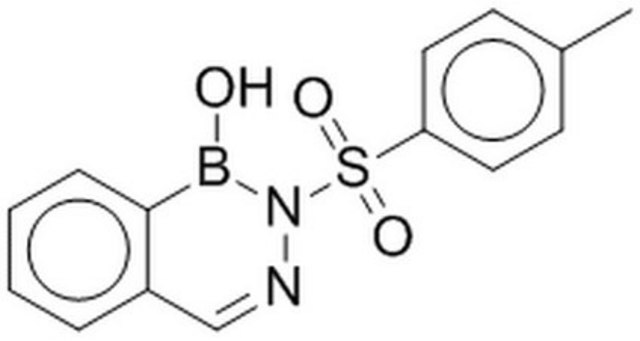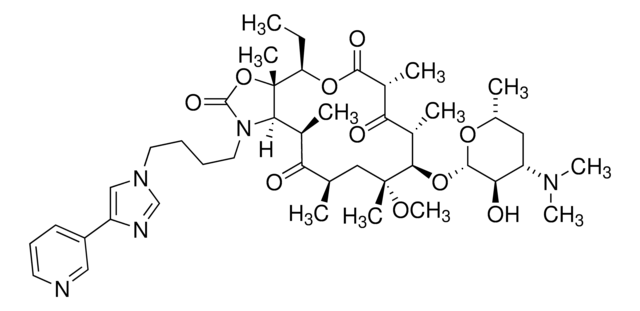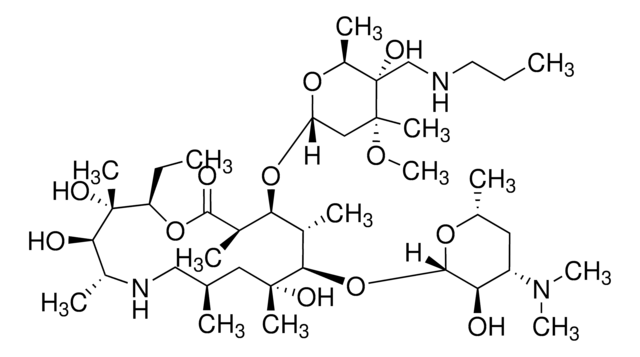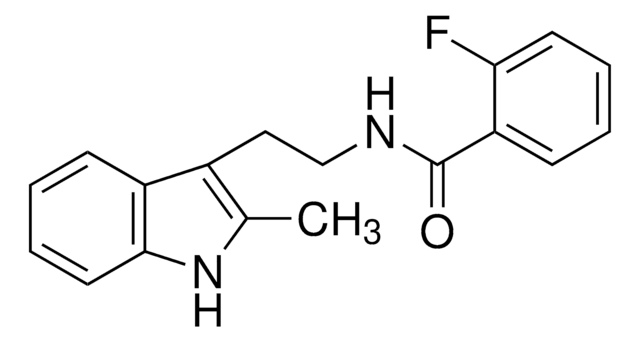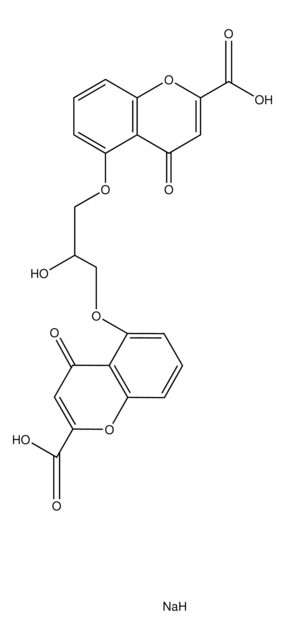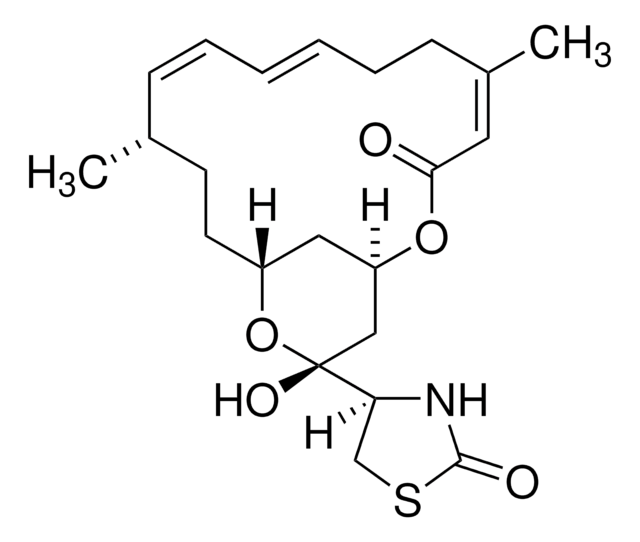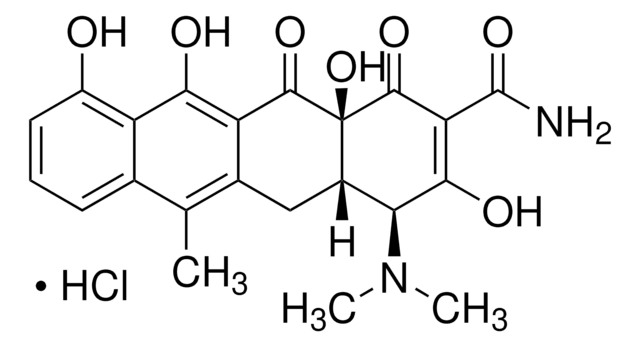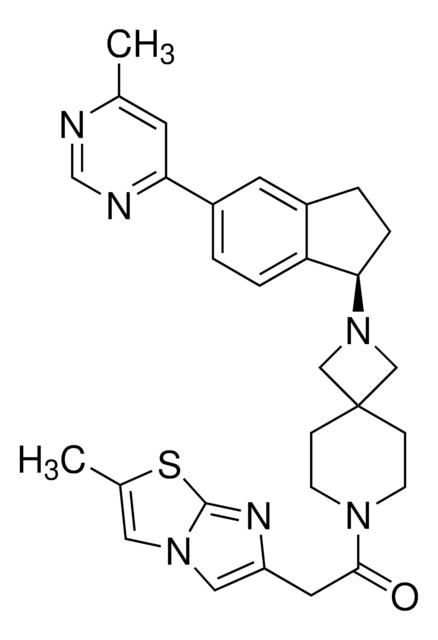P0025
Platensimycin
≥90% (HPLC), from Streptomyces platensis
Recommended Products
biological source
Streptomyces platensis
Assay
≥90% (HPLC)
form
solid
color
white to beige
solubility
DMSO: 1 mg/mL, clear, colorless
antibiotic activity spectrum
Gram-negative bacteria
Gram-positive bacteria
Mode of action
enzyme | inhibits
storage temp.
−20°C
SMILES string
O=C1C=C[C@]2(C[H])[C@H]3CC[C@@](O3)([H])C2C1CCC(CNC4=C(O)C=CC(C(O)=O)=C4O)=O
InChI
1S/C22H25NO7/c1-22-9-8-14(25)12(18(22)16-6-7-17(22)30-16)3-2-11(24)10-23-19-15(26)5-4-13(20(19)27)21(28)29/h4-5,8-9,12,16-18,23,26-27H,2-3,6-7,10H2,1H3,(H,28,29)/t12?,16-,17+,18?,22+/m0/s1
InChI key
IGBNLKVUOHQLTO-MBQNLBDGSA-N
Application
Biochem/physiol Actions
Mode of action: Selectively inhibits lipid biosynthesis by targeting FabF/B within the fatty acid synthesis pathway.
Antimicrobial spectrum: Gram-positive bacteria.
Other Notes
WGK
WGK 3
Flash Point(F)
Not applicable
Flash Point(C)
Not applicable
Regulatory Information
Certificates of Analysis (COA)
Search for Certificates of Analysis (COA) by entering the products Lot/Batch Number. Lot and Batch Numbers can be found on a product’s label following the words ‘Lot’ or ‘Batch’.
Already Own This Product?
Find documentation for the products that you have recently purchased in the Document Library.
Our team of scientists has experience in all areas of research including Life Science, Material Science, Chemical Synthesis, Chromatography, Analytical and many others.
Contact Technical Service